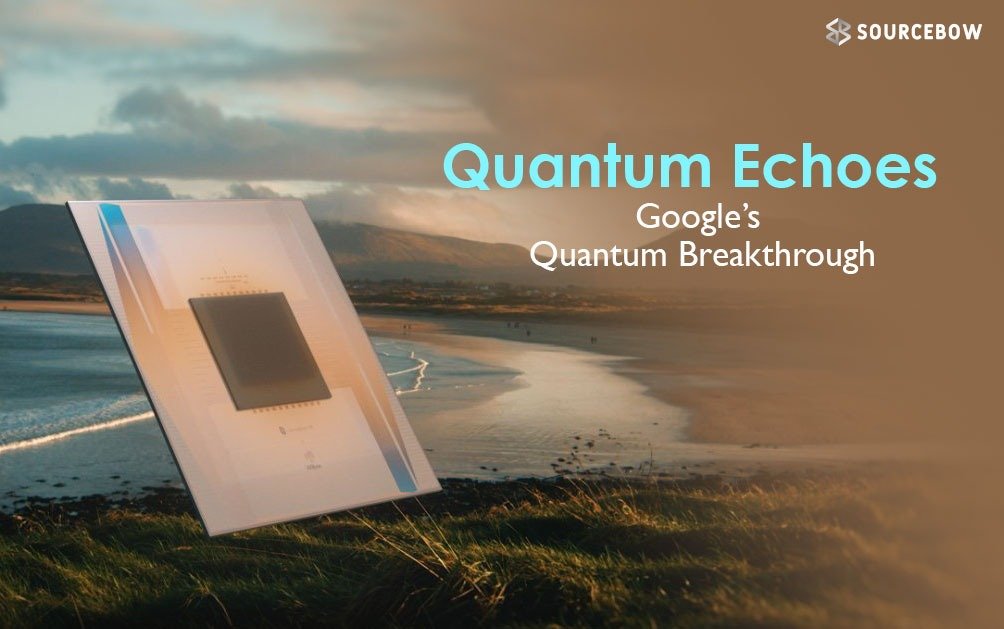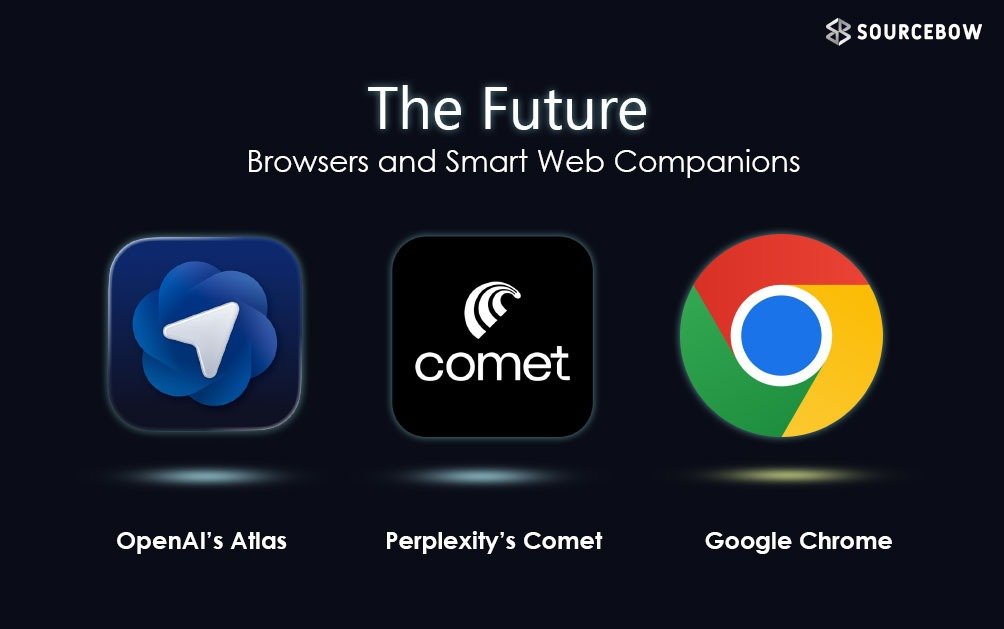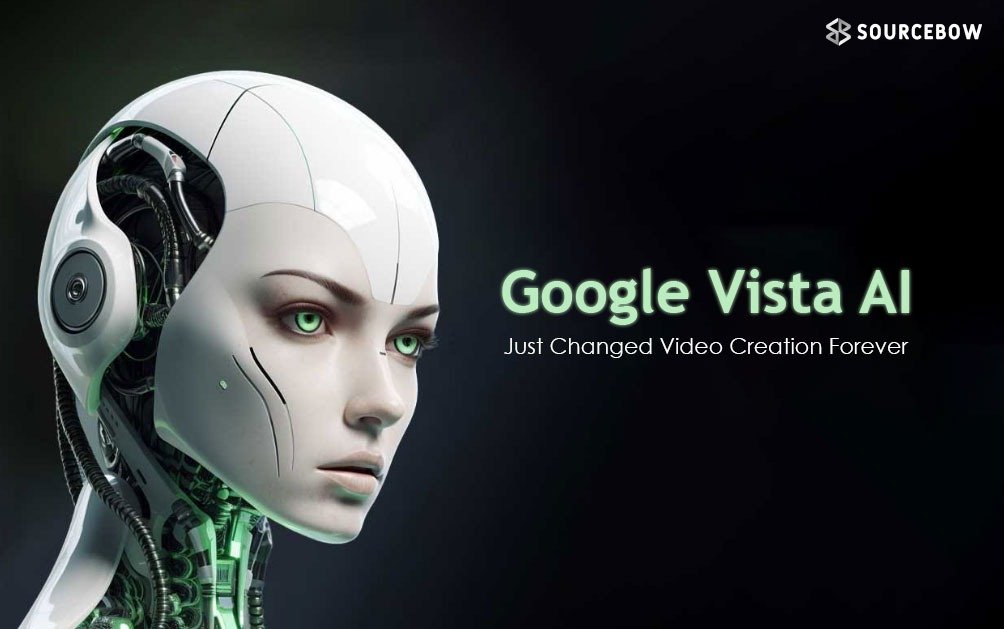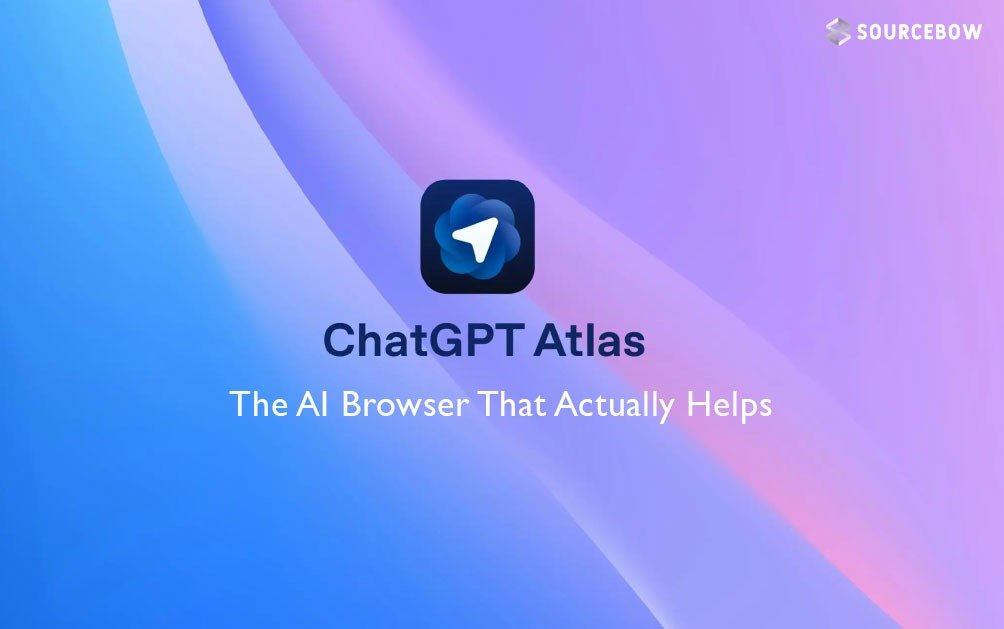Google’s Quantum Echoes: The Moment Quantum Computers Finally Got Real
For years, quantum computing has been this mysterious thing—powerful on paper but not exactly useful in the real world. Most breakthroughs sounded exciting, yet somehow too abstract to touch daily life. But now, Google might’ve just flipped that script with something they call Quantum Echoes.
It’s not just another fancy demo or record-breaking claim. This time, quantum computers have done something verifiable, useful, and unbelievably fast—about 13,000 times quicker than the world’s fastest supercomputer. And that’s a pretty huge deal.
So What Exactly Did Google Pull Off — Quantum Echoes
Google’s quantum research team ran a new kind of algorithm on their Willow chip, and the results blew past traditional computing speeds. But what really sets this apart is not just the speed—it’s the trust.
See, earlier quantum experiments could do weird tricks, but nobody could verify if they were right. You couldn’t double-check their results because classical computers weren’t fast enough to confirm them.
This time it’s different. The output from Google’s experiment can actually be verified—run on another quantum computer, checked against physics, and confirmed again. For the first time, a quantum computer did something that can be tested and trusted.
That’s what “verifiable quantum advantage” really means. It’s not about doing some random calculation faster—it’s about doing real science faster.
A Quick Throwback to Why Quantum Computers Exist — Quantum Echoes
The story of human discovery has always been about peeking deeper into nature. From seeing living cells through microscopes to mapping distant galaxies with telescopes—every invention helped us understand what’s around us.
But nature has layers that classical computers can’t reach. Molecules, atoms, and particles behave in ways that regular math struggles to simulate. That’s why quantum computers were built—to work on the same rules nature plays by.
The problem? Until now, they mostly played in their own sandbox, testing themselves rather than studying the world.
Quantum Echoes changes that. For the first time, quantum computers are being used to study nature itself—and the insights they’re producing are matching real-world lab results.
How Quantum Echoes Actually Works — Quantum Echoes
Think of how bats navigate in the dark. They make tiny sounds and map the echoes to figure out where things are. Google’s team did something similar—just at a quantum level.
They took a set of qubits (the building blocks of quantum computers) on the Willow chip and ran a series of operations forward. Then they poked one qubit slightly, like disturbing the calm of water with a drop. After that, they ran the same operations backward.
When the forward and reverse signals collided, they created interference patterns—these are the quantum echoes.
Those echoes revealed something called an Out-of-Time-Order Correlator (OTOC)—a fancy term that basically measures how information spreads inside a quantum system over time and space.
In simple terms it is like watching how one small change ripples through an entire system. Think of it as a ‘quantum butterfly effect’ — one little nudge can create a massive shift somewhere else.
Why Nobody Could Do This Before — Quantum Echoes
Because quantum systems are ridiculously noisy. Imagine trying to hear a whisper in the middle of a rock concert—that’s what scientists face when they try to measure these faint signals.
For decades, those signals were buried under errors and background noise. Even if you tried to capture them, the result would be too messy to mean anything.
But Google’s Willow chip changed the game. It runs thousands of quantum operations with such high accuracy that the noise stays manageable. The chip uses superconducting integrated circuits, allowing precision that’s unheard of in earlier quantum machines.
Instead of brute-forcing through chaos, Willow cleverly minimizes it, focusing only on meaningful data. The team managed to perform a trillion measurements—that’s more than most quantum systems have ever done combined. And each one helped piece together one of the most detailed quantum experiments in history.
Why This Matters in the Real World — Quantum Echoes
Now comes the fun part—where theory meets application.
To understand why this matters, think about Nuclear Magnetic Resonance (NMR)—the same tech behind MRI scans. Scientists use NMR to figure out molecular structures. But it has its limits; some molecular shapes and distances are just too complex to measure accurately.
Google’s team used Quantum Echoes to predict the structures of two molecules—one with 15 atoms, another with 28. Then they verified those predictions using traditional NMR machines at UC Berkeley.
The results matched perfectly. Not close—perfectly.
Even better, the quantum computer saw more than what NMR could. It revealed longer-range details that normal methods couldn’t reach. That’s the magic here: quantum computers aren’t just replacing old tools—they’re extending human capability.
They’re showing us parts of nature we couldn’t access before.
Why Molecule Mapping Is a Big Deal — Quantum Echoes
Every single thing—from medicines to materials to batteries—depends on how molecules behave.
In drug discovery, for example, scientists need to know exactly how a molecule will fit into a target protein—like a key fitting into a lock. But right now, this process is mostly trial and error. It takes years and billions of dollars.
With quantum computers simulating molecular structures, that trial-and-error cycle could disappear. Imagine being able to test thousands of drug candidates digitally before making even one in real life. That’s years saved—and possibly lives, too.
Same goes for materials science. Want a more powerful battery? A lighter, stronger metal? Or more efficient solar panels? It all begins with understanding molecules at a quantum level.
And Quantum Echoes gives scientists that exact view.
Why This Breakthrough Feels Different — Quantum Echoes
If you remember Google’s 2019 “quantum supremacy” announcement, you might be wondering—haven’t we heard this before?
The difference is huge. That earlier experiment solved a math problem designed just for quantum computers. It was a cool flex but it did not help the real world.
This time, it’s different. The algorithm is practical, measurable, and repeatable. It doesn’t just run faster—it does meaningful science. And anyone with a similar setup can reproduce it.
This marks the shift from quantum showmanship to quantum usefulness.
The Importance of Verifiability — Quantum Echoes
In science, results mean nothing if you can’t verify them. That’s been the Achilles heel of most quantum experiments. If a quantum machine solves something in seconds that a supercomputer would need centuries for, how do you check the answer?
Quantum Echoes fixes that. You can now verify results across machines, compare them with lab experiments, and even check them against real-world physics.
That’s how trust in technology begins—not through speed records, but through repeatable, reliable outcomes.
It’s like finally having two independent microscopes that both show you the same invisible thing.
A Telescope for the Quantum World — Quantum Echoes
When humans invented telescopes, we saw stars that were always there but unreachable. Microscopes revealed entire worlds in a single droplet of water.
Quantum Echoes is that kind of leap—but for the invisible layers of reality itself.
It lets us see how information moves inside quantum systems—how atoms interact, how energy spreads, and maybe even how black holes work one day.
It’s not just computation anymore. It’s observation. And that changes everything.
| Feature | Molecule A (15 atoms) | Molecule B (28 atoms) |
|---|---|---|
| Verification method | NMR verification at UC Berkeley | NMR verification at UC Berkeley |
| Detail reached | High — matched NMR perfectly | Higher — revealed longer-range details |
| Implication | Confirms quantum simulation accuracy | Extends beyond classical measurement limits |
What Comes Next — Quantum Echoes
Google’s roadmap now aims for something called a long-lived logical qubit—basically a qubit that can stay stable long enough to handle super complex calculations without errors. That’s the dream goal of quantum computing.
But what’s exciting is that Quantum Echoes works today. Even before perfect error correction, we already have a quantum process that does real, valuable science faster than anything else.
Google believes we could see practical, commercial quantum applications within five years. And honestly, looking at how fast things are moving, that might not be wishful thinking anymore.
Final Thoughts — Quantum Echoes
For decades, quantum computing felt like a promise waiting to mature—a technology forever “almost ready.” But now, with Quantum Echoes, it finally feels like it’s stepping into the real world.
It’s not just a speed record. It’s a window into nature itself.
We’re entering a new era—one where computers do not just calculate the world… they help reveal it.





